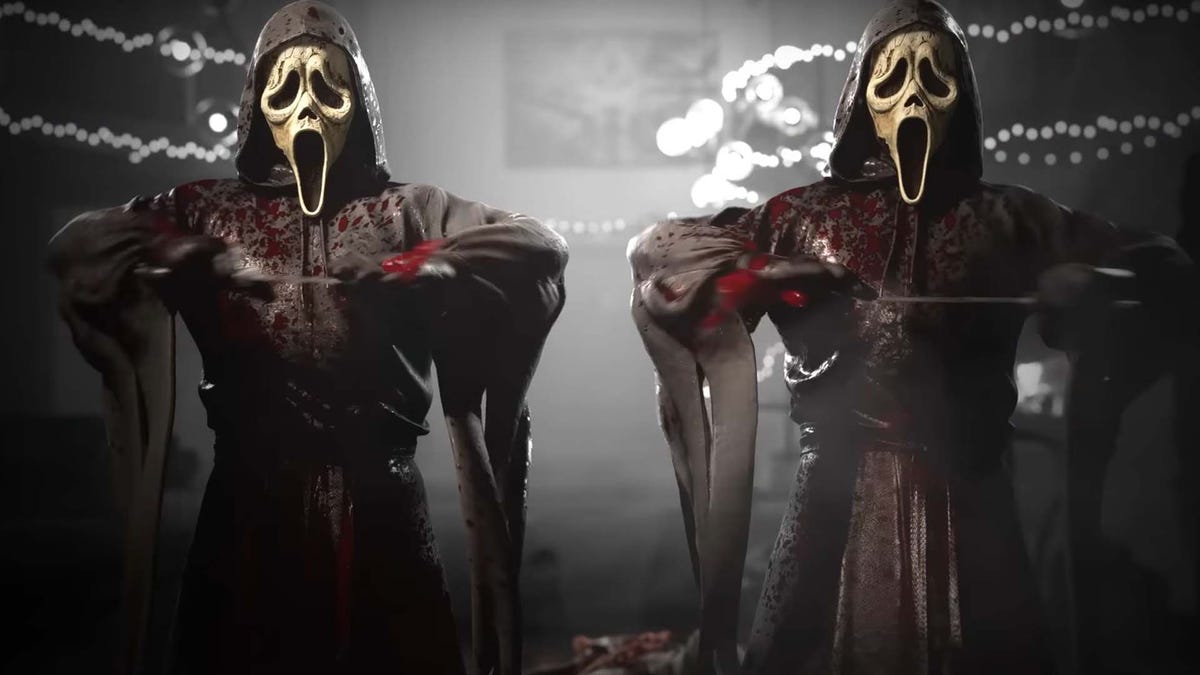Atlus released Persona 4: Golden on Steam last year, giving many players the chance to try out this great JRPG that was previously only available on PS Vita. It is true that the developers did not pay much attention to the PC version, but still achieved considerable success with what they did. For us, preserving these old games is even more important than selling more or fewer copies, since anyone who can play P4 only has to take a computer with them.
The fact that Shin Megami Tensei III: Nocturne is releasing again on PS4, Nintendo Switch and PC is, from that point of view, fantastic news that we talked about. However, putting it on the triple-A loop of new releases is both metaphorically and literally expensive. It’s hard to justify seeing what Atlus did to bring this adventure back. It is true that SMT3 has an approximate duration of around 80 hours and multiple endings, which guarantees a lot of playtime for the 50 to 70 dollars it can cost you. On the other hand, the team split the DLCs in order to purchase them, which leaves a somewhat strange aftertaste.
That discussion aside, SMT3 is undoubtedly a game ahead of its time. In it Atlus tells a complex story about the death and rebirth of our world. We begin our journey as a simple student who is fortunate enough to escape the demise of mankind with some of his companions, but only to become a toy in the hands of forces he cannot understand. It’s easy to see why Nocturne has fascinated so many players over the years that you quickly lose yourself in a different and unique post-apocalyptic atmosphere that oscillates between boundless ambition and the toughest hopelessness.
Shin Megami Tensei III: Nocturne uses her own language to speak critically about character classes, everyday tasks or life energy. With most of the major characters speaking to themselves, following the game’s explanations is not easy, especially at the beginning. However, once you start and understand the strange terminology, the game opens up to talk about philosophical worldviews and complex motivations. At the same time, we are empowered to shape the future with our own hands, but more willpower is required to defend our ideals.
If you want to experience Shin Megami Tensei 3 today, you need to keep your calendar well organized. In most areas, you will be frequently attacked by random groups of monsters who fight in turn-based battles. This role-playing game contains around 200 demons with individual strengths, abilities and passive effects. In 2005, there weren’t any convenience features telling us which attacks to use to get the upper hand. So, it’s a good idea to take notes so you don’t get lost, especially if you don’t want to drag the wiki to play while you are doing it.
Shin Megami Tensei’s combat system is pretty reminiscent of Pokémon. If you take advantage of the weakness or land a critical hit, you will deal more damage as you extend your turn. But if you miss or your attack doesn’t work, you lose an action and your opponent’s turn starts earlier. As the game progresses, our demons rise, learn new skills, and some even develop in different and more powerful ways. Of course, get ready for long sanding sessions because stepping on isn’t a quick task.
To find new allies, you need to convince the opponent to join your team sooner. It often depends on the luck of an enemy giving in to your offensive charms (and gifts). So the game adds some pretty useful skills to aid in these negotiations. Despite this little help, this system also takes time and there are certain subtleties that the game does not fully clarify.
Character progression is achieved in the Cathedral of Shadows, where demons are allowed to band together to produce stronger creatures. By inheriting certain traits, extremely powerful fighters can be created if you prepare properly. Since the difficulty of SMTIII: Nocturne is quite high, it is important to “soak up” with this system in order to have a good squad of monsters by your side. Although they look different now, this mechanic is still used in Persona.
The basic version of SMT3: Nocturne HD Remaster doesn’t change anything in terms of scaling or game systems, but the presentation was done. The old PS2 graphics now look like modern HD, although the environments and character models still look like three-dimensional polygons that have been damaged over time. The language options for the voices are English and Japanese, but there are also subtitles in English, French, Italian, German, and Spanish. Something ideal so that many in Europe can try it without fear.
One feature that has proven very useful is Sleep, which allows you to pause and close your SMT3 game almost anytime without having to look for a manual save point. In addition, Atlus has prepared several updates for launch, with additional features for quality of life and a slightly easier difficulty. If you want to give the team a little extra cash too, you can get a crossover character and access two additional DLC dungeons that offer cash and experience. This saves you a lot of time, but it is also inconvenient for those who stay in the standard version.
Overall, Shin Megami Tensei III Nocturne HD Remaster is a somewhat reserved new release. Its outdated game systems and archaic display from another millennium make it difficult to recommend to new gamers, although its story and apocalyptic symbolism remain inspiring. If you’d like to travel back in time to explore the SMT series, May 25th is a good time to do so. However, if you’re just looking for a new JRPG to immerse yourself in, there are better options for the same money.











